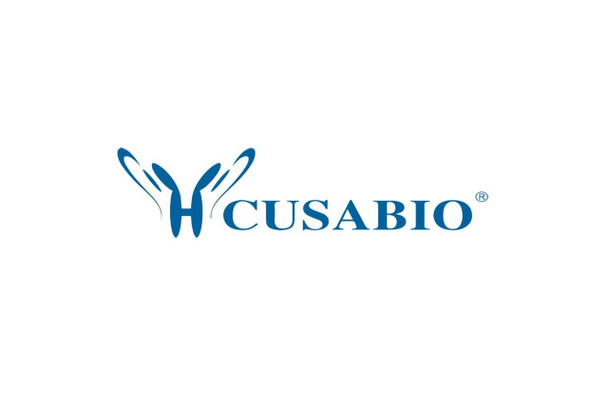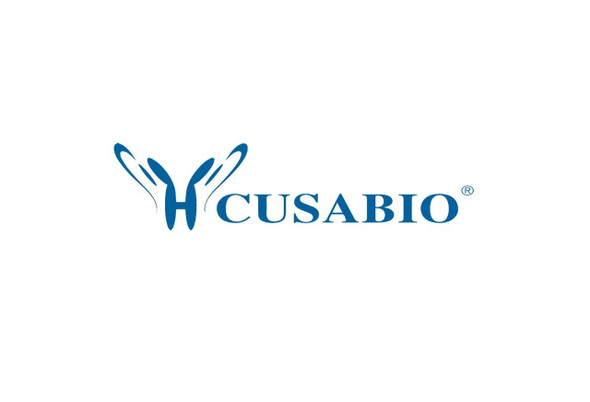Cusabio Escherichia coli Recombinants
Recombinant Escherichia coli Elongation factor P (efp) | CSB-EP358853ENV
- SKU:
- CSB-EP358853ENV
- Availability:
- 13 - 23 Working Days
Description
Recombinant Escherichia coli Elongation factor P (efp) | CSB-EP358853ENV | Cusabio
Alternative Name(s): Short name:EF-P
Gene Names: efp
Research Areas: Others
Organism: Escherichia coli (strain K12)
AA Sequence: ATYYSNDFRAGLKIMLDGEPYAVEASEFVKPGKGQAFARVKLRRLLTGTRVEKTFKSTDSAEGADVVDMNLTYLYNDGEFWHFMNNETFEQLSADAKAIGDNAKWLLDQAECIVTLWNGQPISVTPPNFVELEIVDTDPGLKGDTAGTGGKPATLSTGAVVKVPLFVQIGEVIKVDTRSGEYVSRVK
Source: E.coli
Tag Info: N-terminal 6xHis-SUMO-tagged
Expression Region: 2-188aa
Sequence Info: Full Length of Mature Protein
MW: 36.5 kDa
Purity: Greater than 90% as determined by SDS-PAGE.
Relevance: Involved in peptide bond synthesis. Alleviates ribosome stalling that occurs when 3 or more consecutive Pro residues or the sequence PPG is present in a protein, possibly by augmenting the peptidyl transferase activity of the ribosome. Beta-lysylation at Lys-34 is required for alleviation. The Pro codons and their context do not affect activity; only consecutive Pro residues (not another amino acid) are affected by EF-P. Has stimulatory effects on peptide bond formation between ribosome-bound initiator tRNA(fMet) and puromycin, and N-acetyl-Phe tRNA(Phe)-primed poly(U)-directed poly(Phe) synthesis.
Reference: "Cloning, sequencing and overexpression of the gene for prokaryotic factor EF-P involved in peptide bond synthesis."Aoki H., Adams S.-L., Chung D.-G., Yaguchi M., Chuang S.-E., Ganoza M.C.Nucleic Acids Res. 19:6215-6220(1991)
Storage: The shelf life is related to many factors, storage state, buffer ingredients, storage temperature and the stability of the protein itself. Generally, the shelf life of liquid form is 6 months at -20?/-80?. The shelf life of lyophilized form is 12 months at -20?/-80?.
Notes: Repeated freezing and thawing is not recommended. Store working aliquots at 4? for up to one week.
Function: Involved in peptide bond synthesis. Alleviates ribosome stalling that occurs when 3 or more consecutive Pro residues or the sequence PPG is present in a protein, possibly by augmenting the peptidyl transferase activity of the ribosome. Beta-lysylation at Lys-34 is required for alleviation. The Pro codons and their context do not affect activity; only consecutive Pro residues (not another amino acid) are affected by EF-P. Has stimulatory effects on peptide bond formation between ribosome-bound initiator tRNA(fMet) and puromycin, and N-acetyl-Phe tRNA(Phe)-primed poly(U)-directed poly(Phe) synthesis.
Involvement in disease:
Subcellular Location: Cytoplasm
Protein Families: Elongation factor P family
Tissue Specificity:
Paythway:
Form: Liquid or Lyophilized powder
Buffer: If the delivery form is liquid, the default storage buffer is Tris/PBS-based buffer, 5%-50% glycerol. If the delivery form is lyophilized powder, the buffer before lyophilization is Tris/PBS-based buffer, 6% Trehalose, pH 8.0.
Reconstitution: We recommend that this vial be briefly centrifuged prior to opening to bring the contents to the bottom. Please reconstitute protein in deionized sterile water to a concentration of 0.1-1.0 mg/mL.We recommend to add 5-50% of glycerol (final concentration) and aliquot for long-term storage at -20?/-80?. Our default final concentration of glycerol is 50%. Customers could use it as reference.
Uniprot ID: P0A6N4
HGNC Database Link: N/A
UniGene Database Link: N/A
KEGG Database Link: KEGG
STRING Database Link: STRING
OMIM Database Link: N/A









